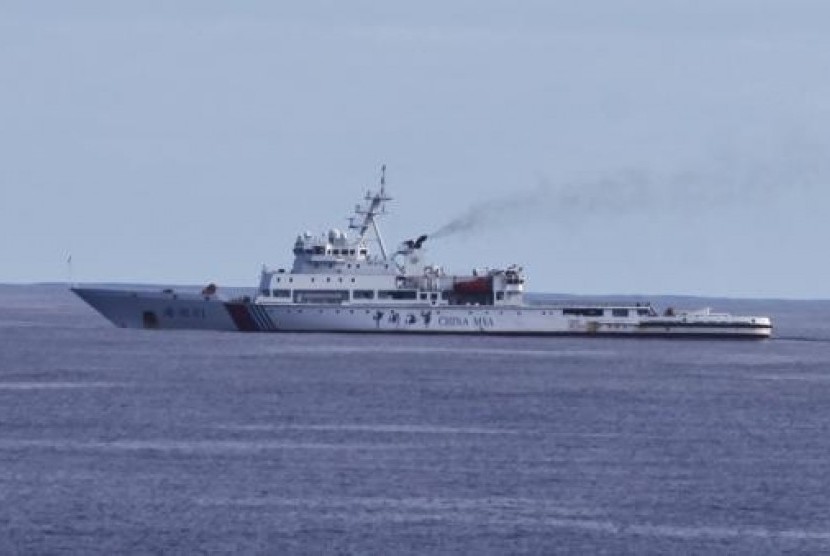REPUBLIKA.CO.ID, HONG KONG/BEIJING - When Chinese naval supply vessel Qiandaohu entered Australia's Albany Port this month to replenish Chinese warships helping search for a missing Malaysian airliner, it highlighted a strategic headache for Beijing - its lack of offshore bases and friendly ports to call on.
China's deployment for the search -18 warships, smaller coastguard vessels, a civilian cargo ship and an Antarctic icebreaker- has stretched the supply lines and logistics of its rapidly expanding navy, Chinese analysts and regional military attaches say.
China's naval planners know they will have to fill this strategic gap to meet Beijing's desire for a fully operational blue-water navy by 2050 - especially if access around Southeast Asia or beyond is needed in times of tension.
China is determined to eventually challenge Washington's traditional naval dominance across the Asia Pacific and is keen to be able to protect its own strategic interests across the Indian Ocean and Middle East.
"As China's military presence and projection increases, it will want to have these kind of (port) arrangements in place, just as the US does," said Ian Storey, a regional security expert at Singapore's Institute of South East Asian Studies.
"I am a bit surprised that there is no sign that they even started discussions about long-term access. If visits happen now they happen on an ad-hoc commercial basis. It is a glaring hole."
The United States, by contrast, has built up an extensive network of full bases -Japan, Guam and Diego Garcia- buttressed by formal security alliances and access and repair agreements with friendly countries, including strategic ports in Singapore and Malaysia.
While China is building up its fortified holdings on islands and reefs in the disputed South China Sea, its most significant southernmost base remains on Hainan Island, still some 3,000 nautical miles away from where Chinese warships have been searching for missing Malaysia airlines flight MH370.
Military attaches say foreign port access is relatively easy to arrange during peace-time humanitarian efforts - such as the search for MH370 or during anti-piracy patrols off the Horn of Africa - but moments of tension or conflict are another matter.
"If there was real tension and the risk of conflict between China and a US ally in East Asia, then it is hard to imagine Chinese warships being allowed to enter Australian ports for re-supply," said one Beijing-based analyst who watches China's naval build-up.
"The Chinese know this lack of guaranteed port access is something they are going to have to broach at some point down the track," he said. "As the navy grows, this is going to be a potential strategic dilemma."
Zha Daojiong, an international relations professor at Beijing's Peking University, said the Indian Ocean search was an "exceptional" circumstance and that Chinese strategists knew they could not automatically rely on getting into the ports of US allies if strategic tensions soared.
China's navy had significantly expanded friendship visits to ports from Asia and the Pacific to the Middle East and Mediterranean in recent years, but discussions over longer-term strategic access were still some way off, he said.
"At some point, we will have to create a kind of road-map to create these kind of agreements, that is for sure, but that will be for the future," Zha said.


